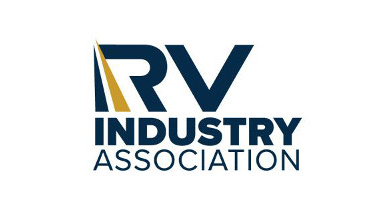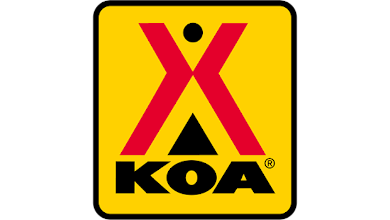Manufactured Home Updates Aim To Create More Attractive Segment
The following is a report from The Elkhart Truth.
Sweeping updates to federal standards are aimed at helping manufactured housing play a bigger role in addressing the home shortage.
Officials with the U.S. Department of Housing and Urban Development announced the updates to the Manufactured Home Construction and Safety Standards during a meeting of the Manufactured Housing Consensus Committee at Hotel Elkhart. It’s one of the largest updates in decades to modular home standards, which were first enacted 50 years ago.
“I’m so proud of the work of the HUD manufactured housing team and of the manufactured housing consensus committee because we know that when we’re facing the crisis of affordable housing supply that we’re experiencing today, manufactured homes are going to be an incredibly important part of the solution,” said Federal Housing Commissioner Julia Gordon. “Today’s homes, these are homes that don’t at all meet the stereotypes of manufactured homes of days past.”
She said the 90 new and updated standards help make manufactured homes more modern and innovative and more likely to give consumers the features they’re looking for, which may sway those who only ever considered a site-built home. The package of updates also marks a new commitment by HUD to keep the code current, according to Gordon.
“We’re really missing millions of homes right now,” she said. “We have lots of young families, for example, who aren’t moving out from their parents and forming a household because they simply cannot find, let alone afford, a place to live. When you hear that there were 89,000 units created just last year, you think, this is something we can scale.”
Changes include regulatory language that allows single-family manufactured homes to offer up to four dwelling units while ensuring fire safety standards are met. Updates were also made to requirements on home features such as open floor plans and attics, and updated reference standards for materials such as wood, steel and piping now align with other building standards to allow the use of more modern design approaches and alternative materials.
“With the addition to the code of allowing manufactured homes with up to four units, we’re really expanding where these homes can go,” Gordon said. “This is not just a rural manufactured home community product anymore, this is a product that can be used anywhere in the country, and can fit into whatever community that you’re working in.”
Modifications were made to the standards for accessible showers which comply with national disability standards, eliminating the need for HUD alternative construction approval and reducing the cost for manufacturers and consumers, according to the announcement. Updated and newly added standards allow for the use of more modern and energy-efficient appliances, including gas-fired tankless water heaters, eliminating the need to gain alternative construction approval from HUD.
“There are so many different ways to have a clean, modern, safe, energy-efficient, durable place to live,” Gordon said. “We couldn’t be more excited about the work ahead of us to really be part of that solution.”
Teresa Payne, administrator for the Office of Manufactured Housing, said they want to ensure that modular homes are seen as a good alternative to site-built houses. She noted that with design features such as pitched roofs and attached carports and garages, manufactured homes are very different from those of 1974 when the standards were signed into law.
“We continue to play a critical role in increasing the affordable housing stock. Today’s manufactured homes are durable, efficient, sustainable, safe, and most importantly, affordable. That’s why our program is essential to providing assistance to everyday Americans, whether it’s for purchase, rent, for a first-time homebuyer or a senior looking to downsize, and for families seeking to build generational wealth,” she said. “The HUD code, as we call it, has continued to evolve to meet the needs of modern consumers, which has increased the acceptance of manufactured homes as desirable, viable and affordable alternatives to site-built housing.”
Gordon said the speed with which modular homes can be built is the rate that’s needed to meet the affordable housing shortage. She said they hope more demand will spur manufacturers to boost their current output.
“The way these homes are built is much, much faster and more efficient than building a site-built home,” she said. “That new home rolls off the line every two days. This one particular place we were, they were producing six to eight homes per day. That’s the pace we need to be working to close the supply gap that we see for affordable housing right now.”


